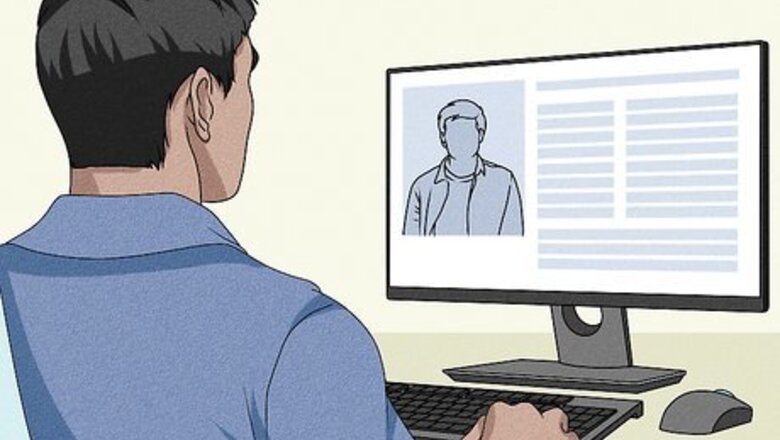
views
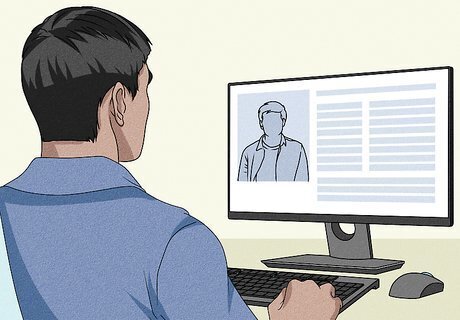
Learn your character. At the point of auditioning and/or being cast for a role in a fandub, the director or producer typically knows how you sound, and believes you can pull off exactly what they are looking for. However, it's not as simple as reading off a script. You have to become the character. Learn what makes them tick. Know their likes and dislikes, what gets them emotional, what they're passionate about, how they act, how they grow, etc. Read about the history of your character. Watch as many videos featuring them as you can.

Start mimicking your character. The more you watch them on-screen, the easier it will be to mimic their tone, dialect, inflection, and sound. If the original character speaks in a different language than your native tongue (which is often the case in fandubs, particularly anime), this may be trickier, but it's not impossible. Just put more time into listening to your character speak. Having to mimic the character is not always the case, as sometimes the purpose of a dub is to add restored/improved audio and dialogue. In this event, ask questions of the director about what they would like to hear from you.
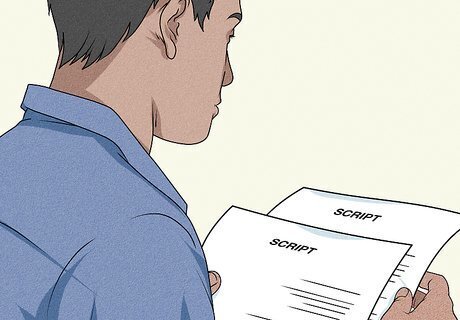
Read the script. Your script is your bible. Practice as much as you can, as it is imperative that you do not make mistakes (translated fandubs are especially important in this regard, as the script is often altered specifically to allow the dialogue to match up with the mouth movements).

Watch the video that you are dubbing. Knowing what to say is one thing, but how to say it is arguably more essential. Anyone can read off a script. Can you release a pained battle cry while cursing a mortal enemy? Can you comfort a close friend in a warm, joking manner? These things may or may not sound easy to do, but sometimes you will be required to record alone, so you won't have the benefit of having another voice actor/actress to work off of.

Get ready to record. Set up all of your equipment, and warm up your voice with some tongue twisters or short songs.

Begin recording. Record each scene with your character one by one. Play the clip on a separate screen after you finish each line to make sure that your lines match up with the mouth movements of your character. Re-record to fix any errors you find. To help make sure you sync up with your character on-screen, play the clip on mute, then record as your character speaks. This may take some practice to get the timing just right, so only start recording once you have gotten the hang of it.
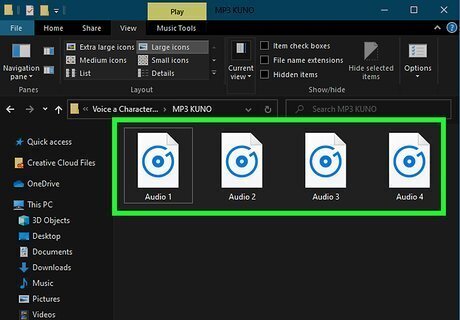
Save each line in individual audio files. Usually, MP3 is required as it works with most video editing software, but occasionally other formats may be requested of you.

Record any additional sounds. Crying, shouting, background chatter, panting, shouts of pain, grunts, etc. Do any background things your character does.
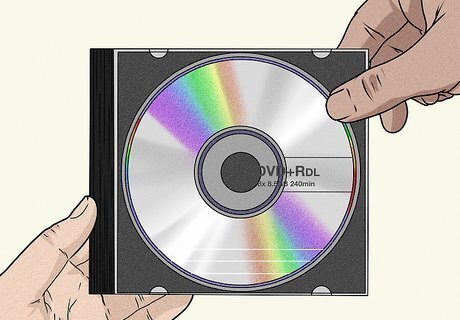
Send the files to the director or producer. Ask for an email, Discord, Skype, or other medium to send the files, then ship them on their way (this is something you will most likely want to straighten out with your director/producer before recording).

Wait for feedback. Don't expect to get it perfect the first time. You may be asked to re-record one or more times. Always oblige when asked to do so, and re-record as many times as it takes to get it right.














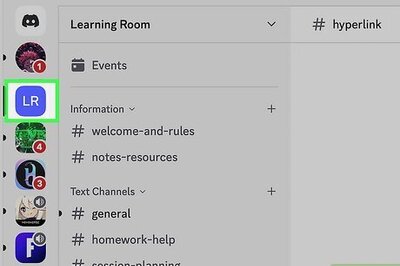





Comments
0 comment